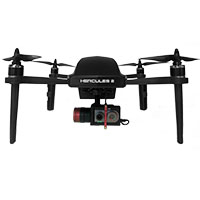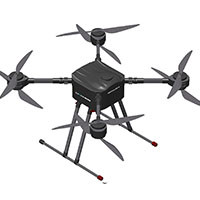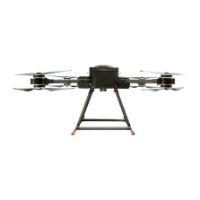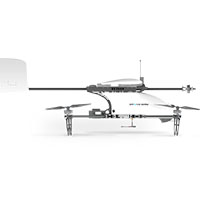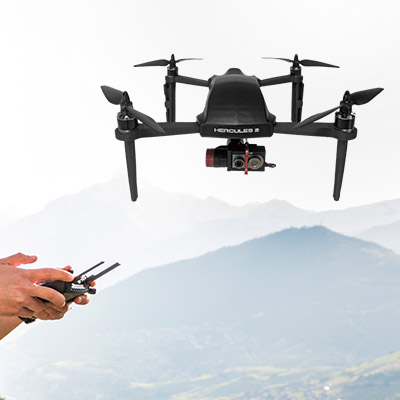REMOTE CONTROL DRONES
Our drones are developed by DroneVolt, a drone constructor known internationally in the professional drone sphere. Our innovative solutions : remote control drone and captive drone, are perfectly adapted for energy and construction industries, for security, surveillance, search and rescue missions.
EQUIPMENT RENTAL FOR SURVEILLANCE DRONES
The rental of equipment for captive and/or remote-controlled drones allows you to improve and/or add features to your drone so that it is more efficient during its surveillance or rescue missions.
- Aerial cameras: zoom and thermaL
- StreamPack Video: Live Video
- Safe-T station: station for fast data transfer and secure power supply
PROFESSIONAL DRONE REGULATIONS
Sometimes drones can be a threat in case of use for malicious purposes. The use of personal drones is worldwide regulated and legislation varies from country to country. In France, regulations for professional drones are the responsibility of the DGAC (General Directorate of Civil Aviation).

